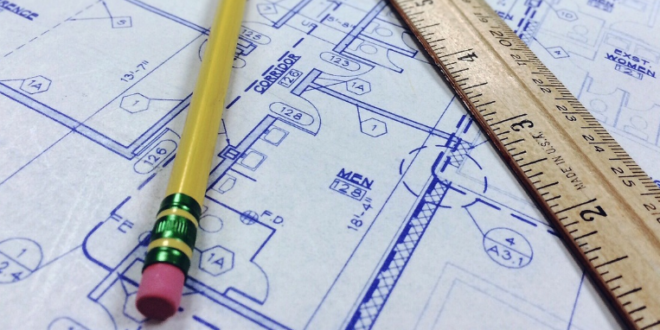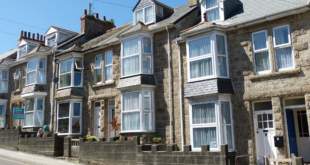The evolution of home construction has seen many innovations, but few have been as transformative as the rise of flatpacked houses. These modern marvels offer a fresh approach to residential building, blending efficiency, affordability, and sustainability. Much like flat-packed furniture from a well-known Swedish retailer, flatpacked houses are designed for easy assembly and streamlined manufacturing. Here’s a comprehensive look at flatpacked houses, exploring their design, benefits, and impact on the housing market.
What Are Flatpacked Houses?
Flatpacked houses are prefabricated structures manufactured off-site and delivered in flat, compact components. The concept involves producing the various parts of the house—such as walls, floors, and roofs—in a factory setting, where they are carefully engineered and pre-assembled into manageable units. These components are then flat-packed for transportation to the construction site, where they are assembled into a complete home.
- Modular Design: The design of flatpacked houses often incorporates modular elements that allow for easy customization and scalability. Modules can be combined in various configurations to create different types of homes, from single-story cottages to multi-story residences.
- Efficient Assembly: On-site assembly is typically faster compared to traditional construction methods. The pre-fabricated components fit together with precision, reducing the need for extensive on-site labor and minimizing construction time.
Key Benefits of Flatpacked Houses
- Speed of Construction
- Quick Assembly: One of the most significant advantages of flatpacked houses is the speed of assembly. With pre-manufactured components, the on-site construction time is drastically reduced. Some flatpacked houses can be assembled in as little as a few days.
- Reduced Build Time: The accelerated construction process allows for faster occupancy, which can be particularly beneficial in addressing urgent housing needs or meeting tight project deadlines.
- Cost Efficiency
- Affordable Solutions: Flatpacked houses can offer significant cost savings compared to traditional construction. The streamlined manufacturing process and reduced labor costs contribute to a more affordable price point.
- Lower Overheads: The efficiency of prefabrication also reduces costs related to waste management, transportation, and site preparation.
- Sustainability
- Eco-Friendly Materials: Many flatpacked houses are built using sustainable materials and energy-efficient technologies. The controlled factory environment helps minimize waste and ensures that materials are used efficiently.
- Energy Efficiency: Modern flatpacked houses often incorporate energy-efficient features such as high-performance insulation, low-energy windows, and renewable energy systems like solar panels.
- Quality Control
- Precision Manufacturing: The factory setting allows for precise quality control and standardization, resulting in high-quality, well-finished components that fit together seamlessly.
- Reduced Errors: With components pre-cut and pre-finished, the likelihood of on-site errors and construction defects is minimized.
- Flexibility and Customization
- Modular Design: Flatpacked houses offer flexibility in design, allowing for various configurations and customization options. Homebuyers can choose from different layouts, finishes, and features to suit their needs.
- Expandable Options: Some flatpacked houses are designed with future expansion in mind, enabling homeowners to add additional modules or rooms as their needs change.
Impact on the Housing Market
- Addressing Housing Shortages
- Affordable Housing: Flatpacked houses provide a solution to the global housing crisis by offering an affordable and efficient way to build new homes. They are particularly useful in areas with high housing demand and limited resources.
- Disaster Relief: The quick assembly and transportability of flatpacked houses make them ideal for disaster relief efforts, providing temporary or permanent housing in areas affected by natural disasters.
- Urban Development
- Density and Versatility: In urban areas, where space is at a premium, flatpacked houses offer a way to maximize land use. They can be used for infill projects, backyard studios, or even multi-unit developments.
- Temporary Housing: Flatpacked houses can serve as temporary housing solutions for construction sites or other short-term needs, offering flexibility and convenience.
- Innovation in Design
- Modern Aesthetics: The design of flatpacked houses often incorporates contemporary aesthetics and innovative features, appealing to modern homeowners seeking stylish and functional living spaces.
- Smart Technology: Many flatpacked houses come equipped with smart home technologies, enhancing convenience and energy efficiency.
Challenges and Considerations
- Logistics and Transportation
- Delivery and Assembly: While the assembly process is efficient, the logistics of transporting and delivering flatpacked components can be challenging, particularly for remote or difficult-to-access locations.
- Zoning and Regulations
- Building Codes: Flatpacked houses must comply with local building codes and regulations, which can vary by region. Navigating these requirements may require additional planning and coordination.
- Market Perception
- Public Perception: Despite their benefits, flatpacked houses may face skepticism or resistance from those who associate prefabricated construction with lower quality or less permanence.
Flatpacked houses represent a revolutionary shift in home construction, offering a blend of efficiency, affordability, and sustainability. By leveraging advanced manufacturing techniques and modular design, these homes provide a practical solution to modern housing challenges. As the demand for innovative and cost-effective housing solutions grows, flatpacked houses are poised to play a significant role in shaping the future of residential construction. Whether for urban development, disaster relief, or personal residences, the flexibility and efficiency of flatpacked houses make them a compelling choice for today’s dynamic housing market.
 Homeowners Club If you are one of the 15 million homeowners in the UK, the free to join online Homeowners Club is for you.
Homeowners Club If you are one of the 15 million homeowners in the UK, the free to join online Homeowners Club is for you.








